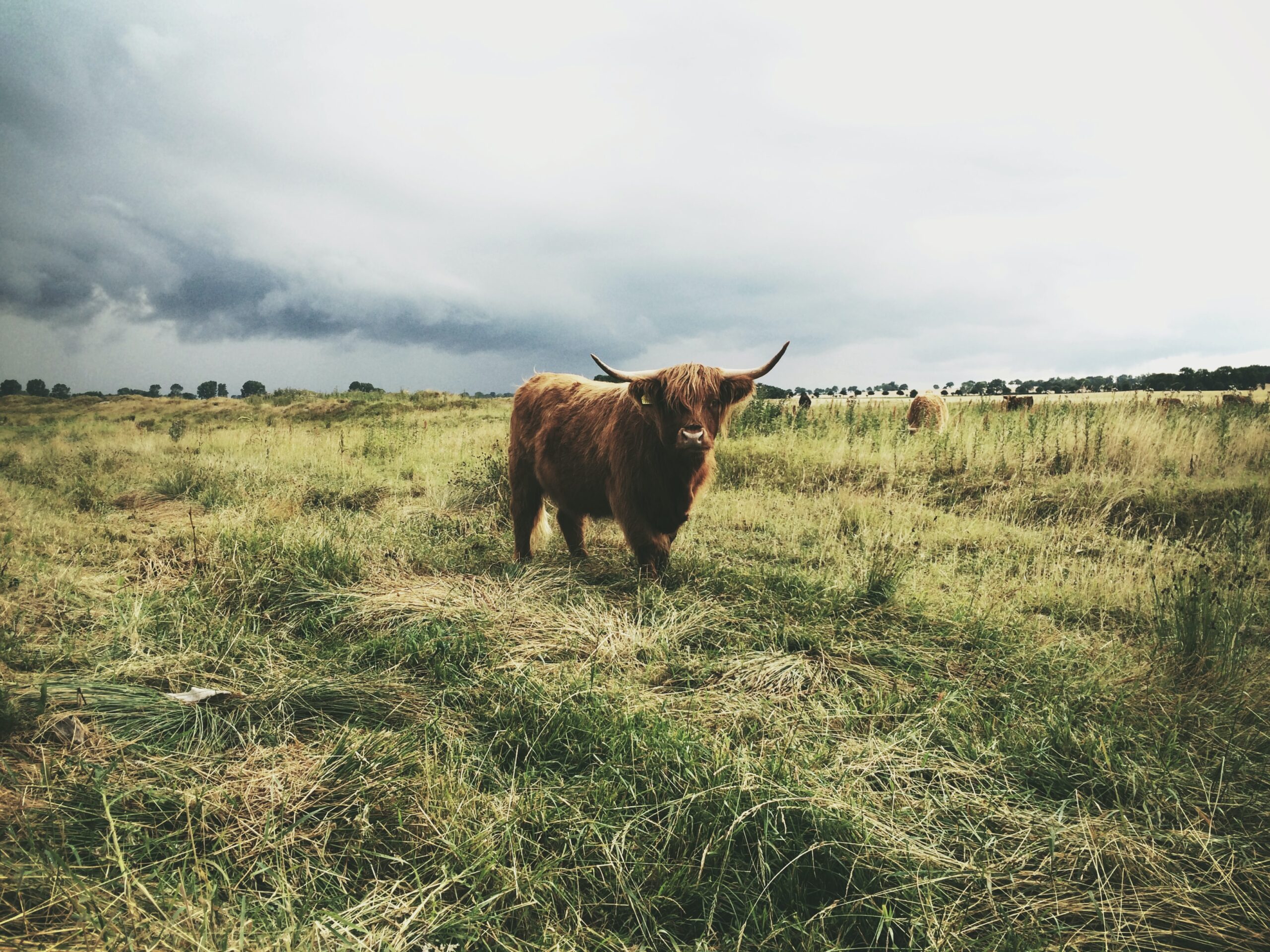


#Gardening and Agriculture #Regenerative #Regenerative Agriculture #restorative
Doug Fogelson
Pragmatic and sustainable solutions for using land and water, such as restorative agriculture, regenerative grazing, forestry, and composting all follow nature’s lead for a more harmonious approach to food production. These methods are in contrast to some other ways people use land like clear-cutting, mono-crop farming with toxic fertilizer and pesticides, “slash and burn”, etc…
There is a marked difference in farming that employs principles of regenerative/restorative agriculture compared to those that use chemical fertilizers and pesticides that reduce biodiversity and drain into the water table that is shared and needed by all forms of life. Regenerative agriculture focuses on the long-term health of the soil over the short-term yield of “cash crops” like corn and soybeans, building biodiversity by using a range of crops together with a rotating or moving system to graze livestock in a beneficial way for both land and animals. The animals turn the soil with their feet and fertilize the land with their excrement.
The same principles can be applied to bodies of water as well, such as regenerating marine habitats that are beneficial for kelp, micro-algae, and fish species. These practices also drawdown carbon and store it in the land or sea.
A great way to become familiar with these practices is to watch the film “Kiss the Ground” narrated by Woody Harrelson (in the Action link below). Systemic standards and regulations can help reduce the huge carbon footprint of about 24% globally from Food, Agriculture, and Land Use (Project Drawdown).